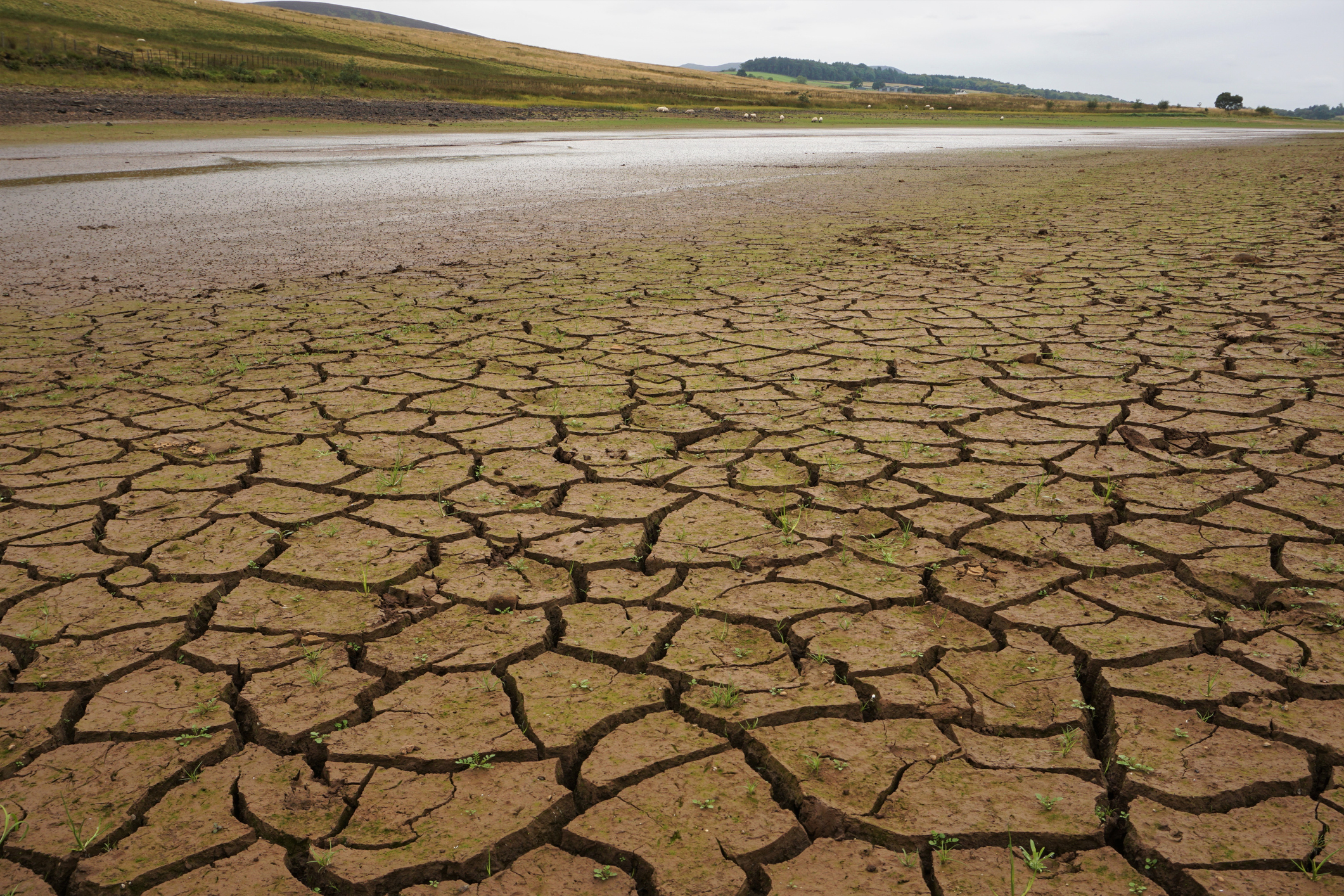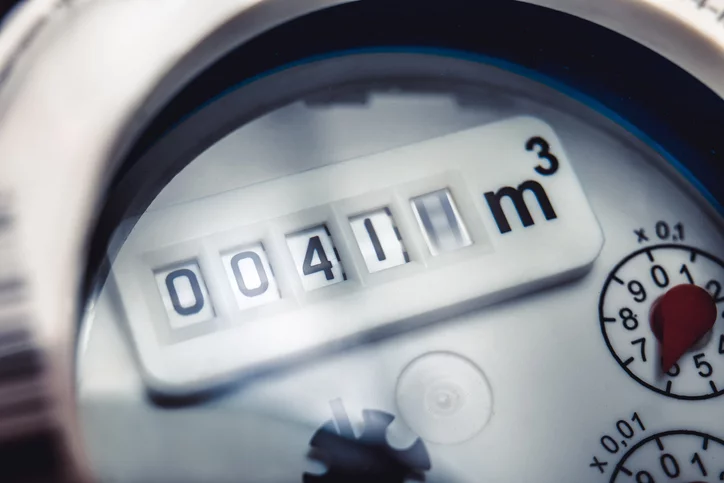Changing habits for a changing climate – coping better when things get hot


Mike Keil, Senior Director of Policy, Research and Campaigns at CCW
Literally hot topics at the moment are droughts and heatwaves. But what are they and what do they mean for us?
In July we experienced a heatwave that saw record-breaking temperatures across all four nations of the UK. As the mercury rose in thermometers our thirst for water shot through the roof. Some water companies reported their highest demand in three decades. This means water companies have to supply people with a lot more water at a much faster rate than normal. The heatwave isn’t the same as a drought, but the two are clearly connected as they both impact water resources.
A number of water companies struggled at times during the heatwave, with the capacity of their treatment works and pipes unable to fully cope with the surge in demand. However, they did have enough water – some just couldn’t get it to where it was needed fast enough. Think of the run on loo rolls at the start if the pandemic. There were enough loo rolls in warehouses, they just couldn’t get them onto the shelves fast enough to meet demand.
Why does all this matter? The extreme heat is one of the realities we have to face up to due to a changing climate. Met Office research opens in new window has shown that without the impact of climate change, it would be extremely unlikely for the temperature to reach 40ºC in the UK. Unfortunately, climate change is here to stay. We collectively need to be able to cope; water companies need to be prepared and we all have to be considerate with our water use, particularly at those peak demand periods, to ensure everybody has the water they need for the essentials during a heatwave.
Droughts are a different thing. We often associate them with heatwaves because the two can go hand in hand. Heatwaves increase our water use, while drought decreases the amount of water available. Drought can be prolonged and can happen at any time of year, including the winter, or span multiple years. There are a number of definitions of drought (taken from this Met Office blog opens in new window).
- Meteorological drought – when rainfall in an area is below average for the region
- Agricultural drought – when lack of rainfall or dry soil affects farming and crop growth
- Ecological drought – like agricultural drought, but when lack of water affects the local environment as well
- Hydrological drought – when water supplies such as streams and reservoirs are low, which can be caused by low rainfall, lack of snow melt, or other reasons
Meteorological drought focuses on the cause, while the other definitions look at the impacts. The various definitions do highlight a key point that lack of water isn’t exclusively about the water supply to our homes and businesses. We share our water resources and need to ensure there’s enough to go around.
We feel the impact of all the types of drought in different ways. For example, we see that an environmental drought can be devastating to nature, and I’ve already seen pictures of fish rescues this summer. Our research tells us that people highly value the natural environment and don’t want to see it damaged. An agricultural drought can damage crop yields and harvests, which in turn affects the cost of food in our shopping trollies. Given the wider cost of living crisis, this is the last thing people need right now.
We’ve recently seen hosepipe bans introduced by a few water companies. This follows an extreme dry start to the year and the driest July for 90 years. This has been exacerbated by the heatwave, which significantly pushes up demand. The aim of hosepipe bans is to make water resources go further so that there’s enough water to go round in the weeks and months ahead if the dry spell continues.
Hose pipe bans are disliked by some people because it stops them doing things they would normally do, such as wash the car or water the garden. But wouldn’t it be great if we had a situation where our water habits had changed so that there was no need for hose pipe bans to be introduced? There are many ways that we can reduce our water use and lots of these are very simple. Other changes, like improving the water efficiency of white goods in our homes, mean that we can save water without even noticing.
Unfortunately, we are quite far away from there being no need for hose pipe bans. Our water use has been increasing and we need this to reverse. This isn’t about making sacrifices. This is about changing habits and behaviours and finding easy ways to save water.
As the climate changes we need to change our habits with it. The good news is that there is lots of help out there. You can find water saving hints and tips on our website. You can also find some great help from our friends at WaterWise opens in new window. Plus, of course, your own water company can help you reduce your water usage. Water is one of those essentials that we take for granted and we only fully appreciate it when it’s not available.


